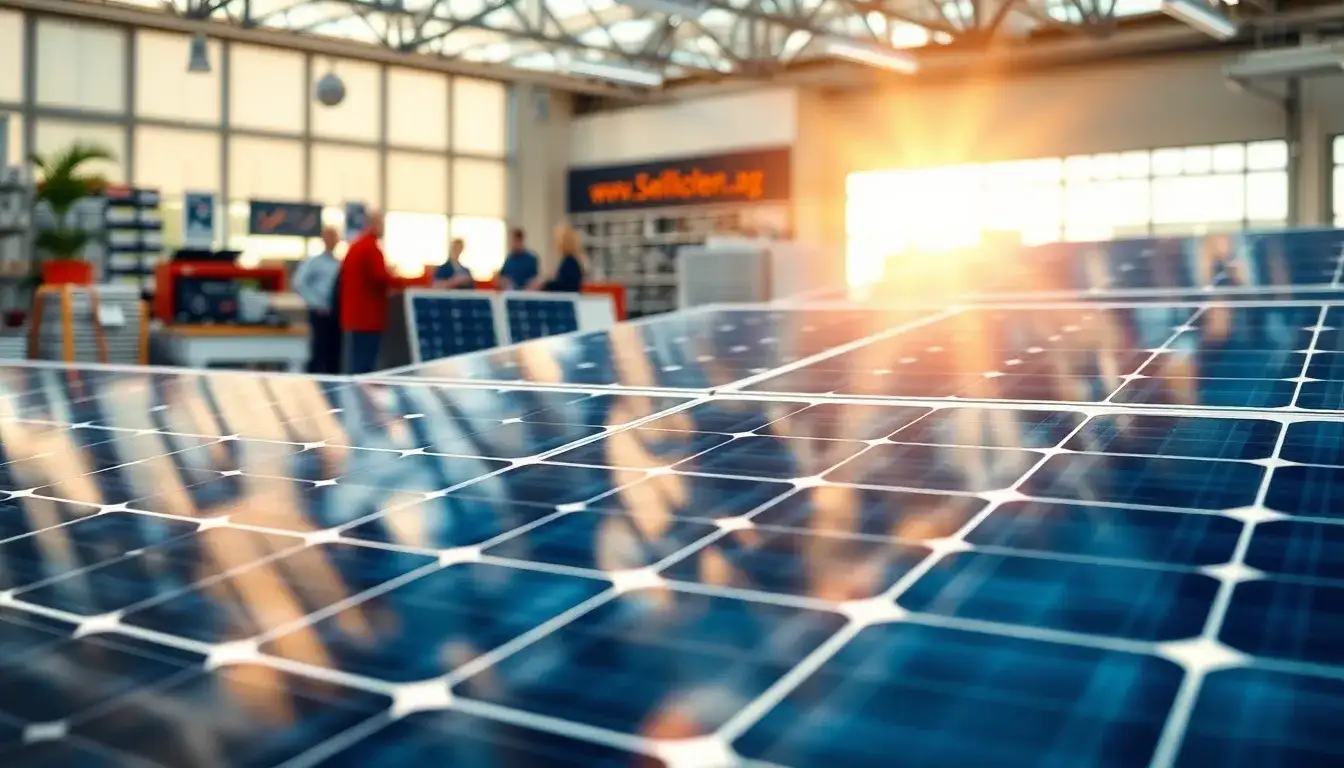
Price Increases for Photovoltaic Modules Lead to Shortages – Dealers Urge Customers to Secure Stock for Timely Delivery!
On March 21, 2025, the photovoltaic industry is experiencing a significant surge in activity as the prices of photovoltaic modules rise, leading to a “shortage period.” A dealer named Wang Yang (pseudonym), who sells modules from brands such as Longi, JA Solar, and Jinko, advises customers to place orders quickly to secure available stock.
Recently, a factory in Chuzhou has been actively seeking large quantities of 182mm battery cells, indicating a supply crunch in the sector. “Forget about minor price differences; locking in orders is the way to go,” Wang emphasized. With critical policy deadlines approaching on April 30 and May 31, there is an urgency in the market as downstream dealers report limited inventory, particularly for larger modules.
The impending implementation of new policies regarding distributed photovoltaic projects is driving this rush. The Management Measures for the Development and Construction of Distributed Photovoltaic Power Generation and the Notice on Deepening Market-oriented Reform of New Energy Grid Price were released in January 2025. According to these regulations, projects completed and connected to the grid by April 30 that are under 20MW can still enjoy full grid access. After this date, new projects will only be able to utilize self-consumption or partial grid access, losing the ability to sell excess energy fully.
As of May 31, 2025, all new distributed photovoltaic projects must engage in electricity trading through the spot market, further heightening the urgency for existing projects to connect before these changes take effect. The profitability of photovoltaic power plants is tied to generation revenue, policy subsidies, carbon trading, and asset appreciation, making it crucial for companies to secure their expected returns before policy shifts occur.
According to recent reports by SMM Photovoltaic News, the market prices for mainstream N-type 182mm and 210mm modules have increased, with current prices ranging between 0.704 to 0.722 yuan/W and 0.719 to 0.737 yuan/W, respectively. The price for Topcon distributed modules stands at approximately 0.764 to 0.780 yuan/W. March production has increased by 35% compared to the previous month, with heightened order fulfillment noted.
On March 20, representatives from Trina Solar stated that the prices for distributed photovoltaic projects have increased by 0.05 to 0.06 yuan/W in some regions, with certain areas reaching as high as 0.8 yuan/W. Meanwhile, Longi Green Energy representatives indicated that most companies are now pricing their products above 0.85 yuan/W.
Wang also mentioned that the price for a 640W module is currently quoted at around 0.83 yuan/W, and with logistics costs, the total comes to approximately 0.85 to 0.86 yuan/W. The Chuzhou factory representative acknowledged that the demand for battery cells is high due to the new policies.
As for whether prices will continue to rise, both Trina Solar and Longi Green Energy representatives refrained from making predictions. However, Wang confidently asserted that prices are likely to exceed 0.9 yuan/W, potentially peaking around 0.95 yuan/W.
Wang highlighted that the ability to ensure timely delivery is currently a more pressing concern than price fluctuations. He admitted that most models are facing delays in delivery, with only about 10,000 pieces of stock available. The shortage of high-power modules means that customers must place advance orders, raising questions about manufacturers’ ability to fulfill these commitments.
Additionally, there are concerns about quality as lower-quality cells from smaller manufacturers are entering the market, prompting warnings from major companies about the risks associated with unauthorized products.
Furthermore, the entire supply chain is witnessing price hikes, not just for modules and battery cells. The costs of polysilicon, silicon wafers, encapsulants, and glass are also rising due to production cuts by leading companies and a tightening supply chain. For instance, Tongwei Co. and Daqo New Energy have announced reductions in their polysilicon production, which is expected to impact the overall market positively.
Experts suggest that the current rush for orders may only be a temporary adjustment, with some indicating that it may not significantly enhance the overall installation capacity for the year. Industry leaders stress the need for self-discipline to avoid overproduction and price wars, emphasizing that maintaining cash flow and reducing losses should be prioritized.







